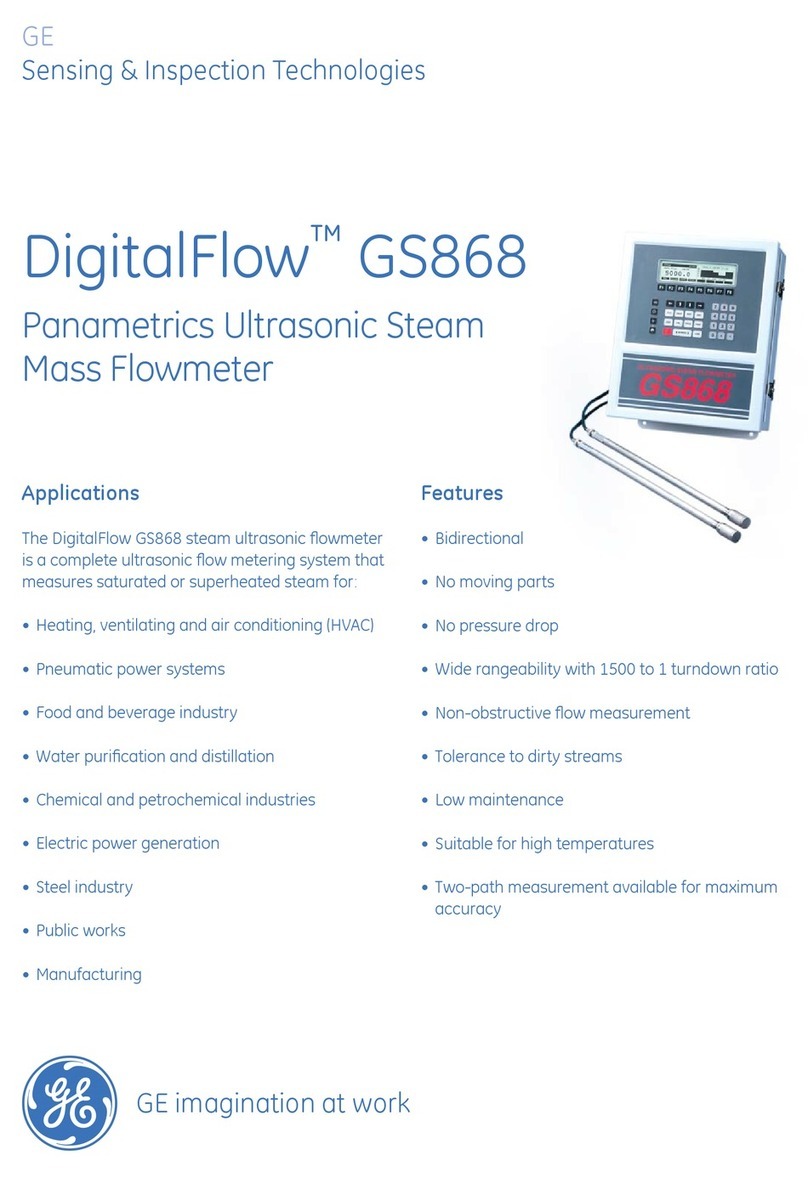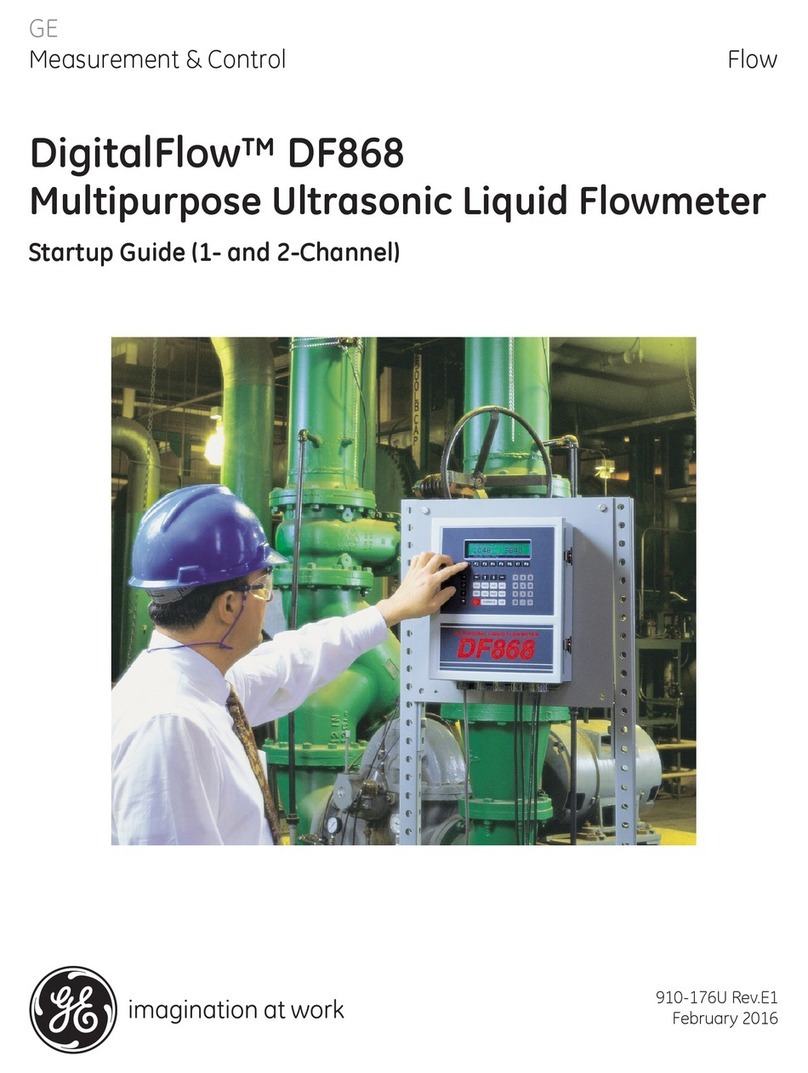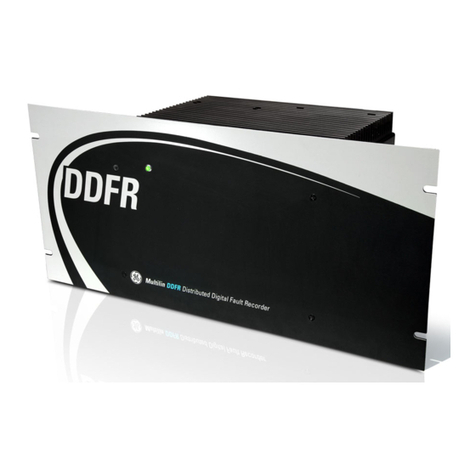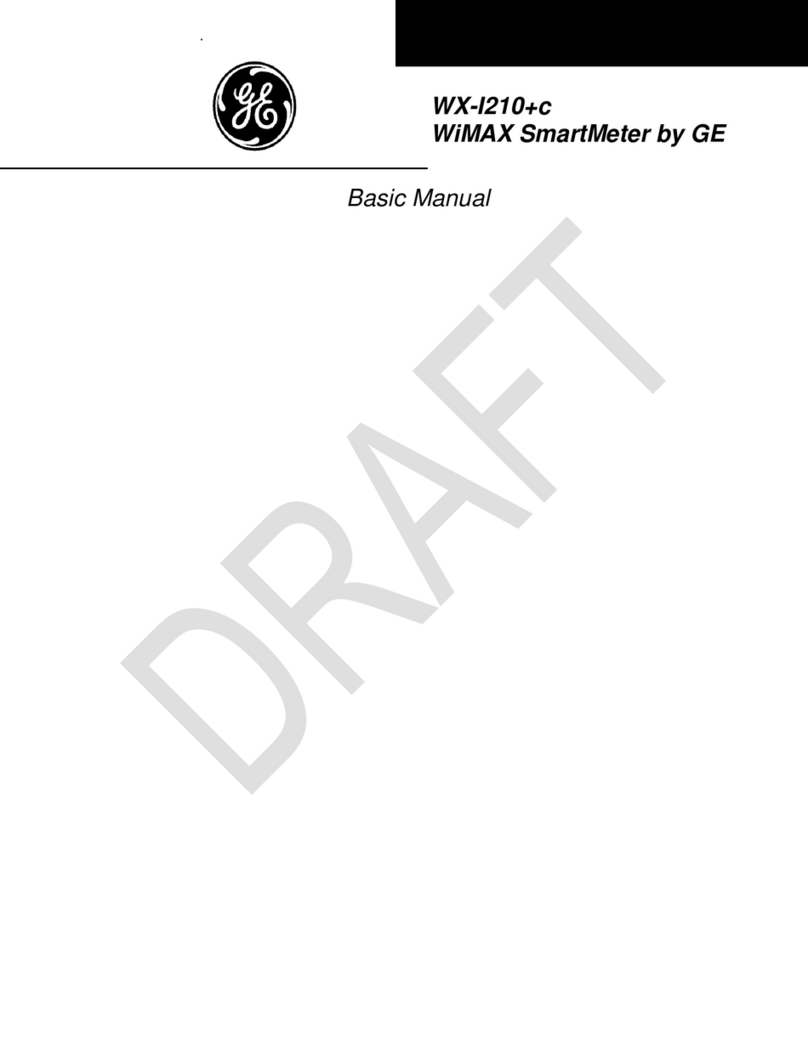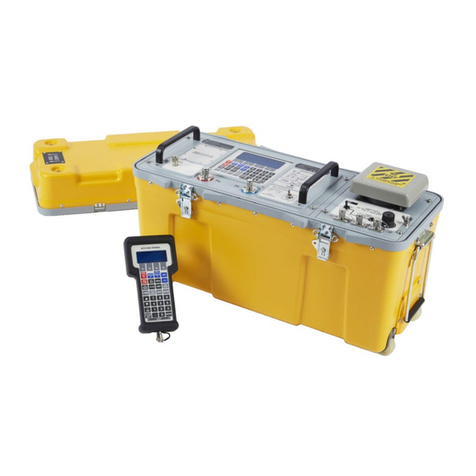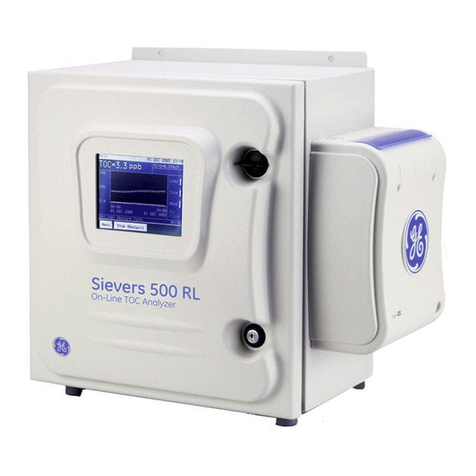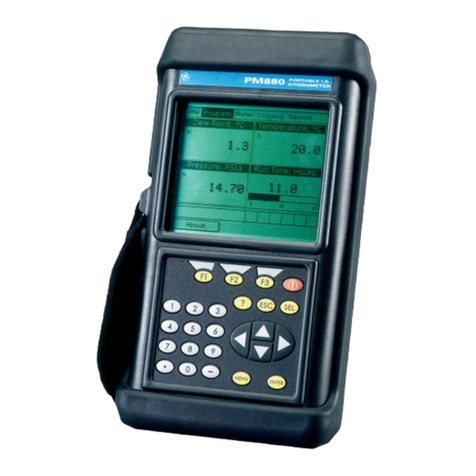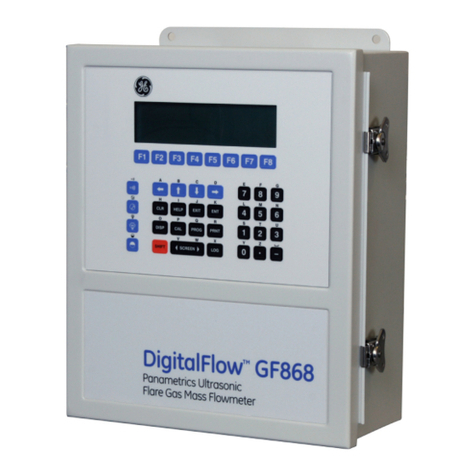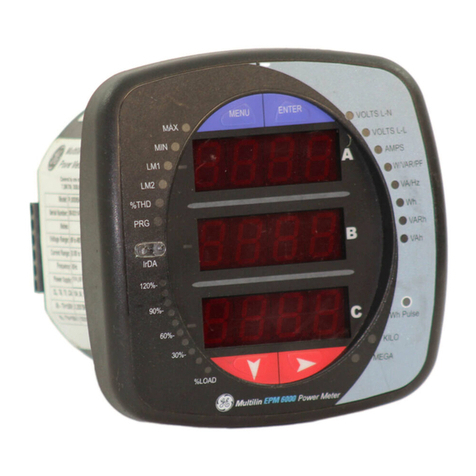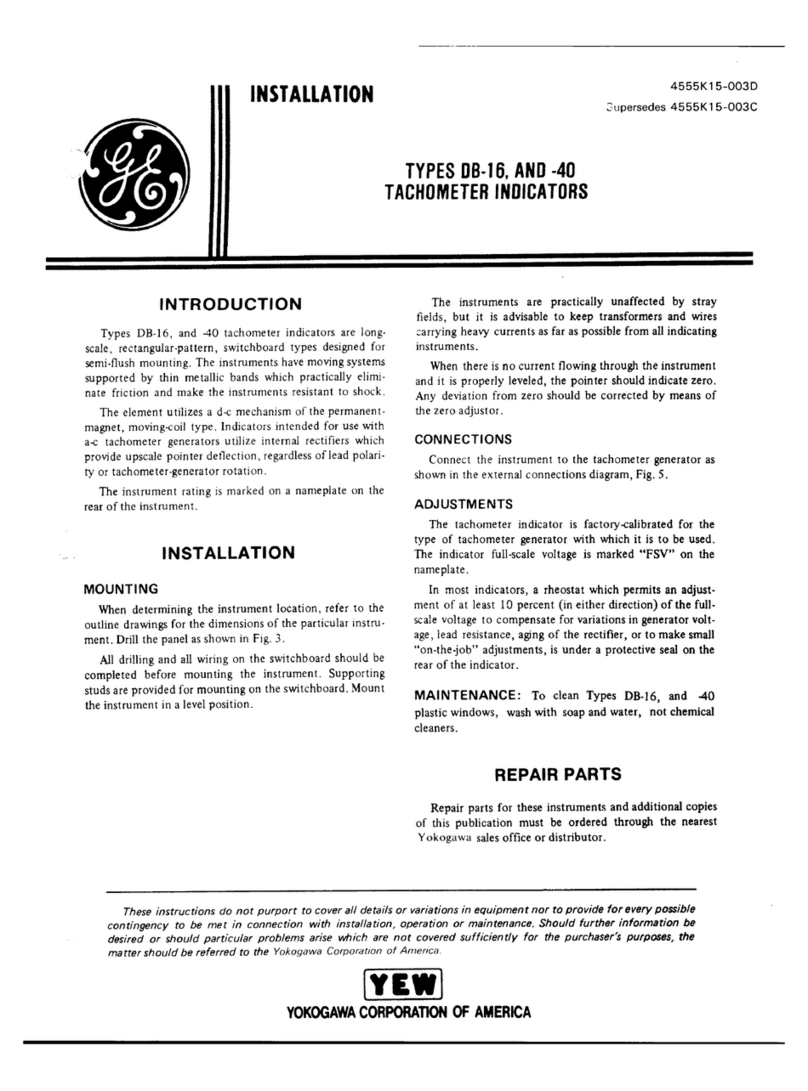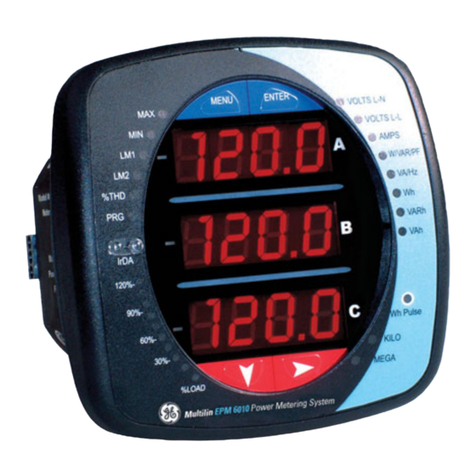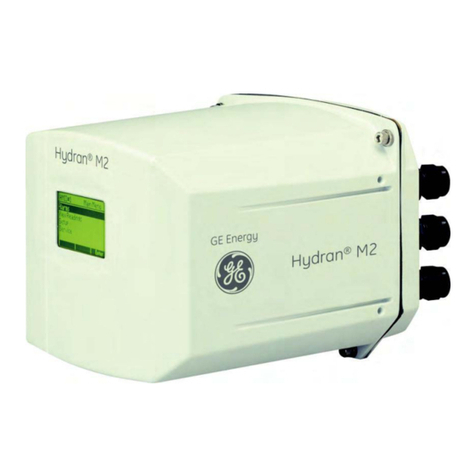
10.2 Alarm Connections............................................................................................................... 30
10.3 Accessory Power.................................................................................................................. 31
10.4 External Sensors................................................................................................................... 31
11 Communications...................................................................................................................... 32
11.1 Electromagnetic Compatibility (EMC) requirements........................................................... 33
Appendix A Installation Tools and Supplies.................................................................................... 34
Appendix B Customer Checklist ...................................................................................................... 35
Appendix C Installation Record ....................................................................................................... 36
Appendix D Tubing Specification and Ordering Details ................................................................. 40
Appendix E Dielectric fittings........................................................................................................... 43
Appendix F Product Dimensions..................................................................................................... 45
Appendix G Mounting Stand Dimensions ....................................................................................... 48
Appendix H Footprint Dimensions................................................................................................... 50
Appendix I System Board ............................................................................................................... 51
Appendix J Heat Trace Cable.......................................................................................................... 54
Contact & Copyright Details ................................................................................................................ 55
Table of Figures
Figure 8—1: Schematic representation of an installation.................................................................. 15
Figure 8—2: Examples of possible line configurations (three of many)............................................. 15
Figure 8—3: Transformer Valve locations........................................................................................... 16
Figure 8—4: TRANSFIX 1.6 connections - bottom view ...................................................................... 20
Figure 8—5: MULTITRANS connections - bottom view....................................................................... 21
Figure 8—6: TAPTRANS connections - bottom view........................................................................... 21
Figure 8—7: Fitting body and tubing................................................................................................... 22
Figure 8—8: Nut at 6 o'clock position.................................................................................................. 22
Figure 8—9: Nut at 9 o'clock position.................................................................................................. 22
Figure 8—10: Bleed assembly on flange-type oil return valve .......................................................... 23
Figure 8—11: Flange example ............................................................................................................. 24
Figure 8—12: Return Assembly kit....................................................................................................... 24
Figure 8—13: Bleed assembly on threaded-type oil return valve...................................................... 25
Figure 9—1: Location of mains supply ................................................................................................ 27
Figure 9—2: Protective cover............................................................................................................... 27
Figure 9—3: Earth terminal on bottom of enclosure .......................................................................... 28
Figure 9—4: Voltage selector switch................................................................................................... 28
Figure 9—5: Coin cell battery............................................................................................................... 29
Figure 10—1: Accessory power points for 12 V and 24 V .................................................................. 31
Figure 11—1: Ferrite placement on RS-485........................................................................................ 33
